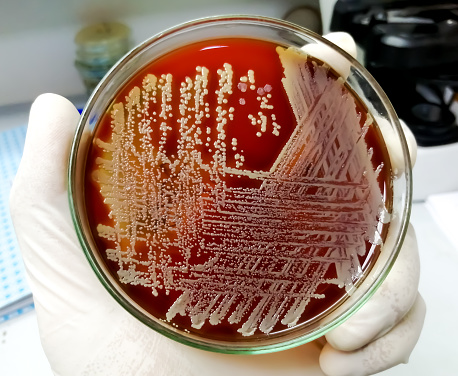About the test
Normally, urine is a sterile biological fluid. If bacteria are present, urine culture for the isolation, identification and quantification of pathogens is performed.
Sample
First morning urine specimen is required.
Preparation
Before urination, washing of the external genitalia with water and soap is necessary (Antiseptic soaps should be avoided). Rinsing of the area with abundant water and drying with a clean towel should follow.
Procedure
The urine sample should be midstream and collected in a special, sterilized container. It should be then transferred to the laboratory within an hour. If this is not possible, the sample may be maintained in the fridge for up to four hours.
Toddlers: Direct collection of the sample in a sterilized container (clean catch method). When this is not possible, the sample is collected in special containers which look like small plastic bags.
In special cases, suprapubic catheterization (in toddlers) or urethral catheterization (in toddlers and kids) is recommended by the clinician.
Individuals with a permanent catheter: The area is disinfected and the sample is collected from the ureteral tube.
Evaluation of urine culture
In the absence of bacterial growth the culture is characterized “sterile”.
In case of
- bacterial presence at an estimated quantity of <1000 cfu/ml (colony forming units/millimeter) , the culture is characterized as negative. In this case, the sample is superinfected.
- bacterial presence at an estimated quantity of 1000-10000 cfu/ml the culture is characterized as negative. This is encountered either in case of superinfection or in recovery of previous urine infection.
- presence of a single bacterium at an estimated quantity of > 100000 cfu/ml, the culture is characterized positive and is diagnostic of urine infection.
- >100000 cfu/ml growth of two different bacteria, both are evaluated as pathogens.
- growth of two bacteria one at a quantity of >100000cfu/ml and the other at a low quantity, the first bacterium is the one evaluated.
- growth of three bacteria or more, the sample is considered to be improper and culture repetition is advised.
Bacterial identification is conducted and finally, the antimicrobial susceptibility of pathogens is tested so that effective antibiotic therapy is advised.
Additional information
- Urine culture is performed in the following situations:
During a routine check – up.
When there are symptoms such as frequency, pain or burning while urinating, pain in the pelvic area and ammonia smell of urine.
During recovery from urine infection in order to check the effectiveness of the antibiotic therapy.
During pregnancy
Prior to urologic invasive procedures
- Urine culture should be performed prior to antibiotic therapy.
- Risk factors for urine infection
Age
Congenital abnormalities of the urinary system
Prolonged immobilization
Renal lithiasis
Diabetes mellitus
Pregnancy

